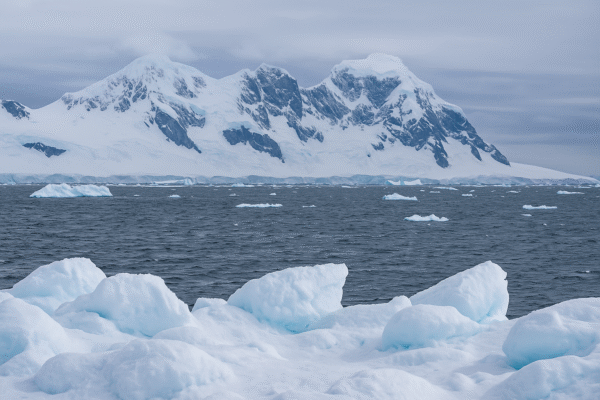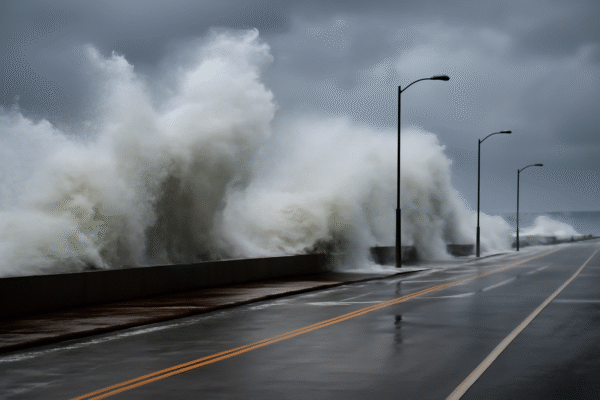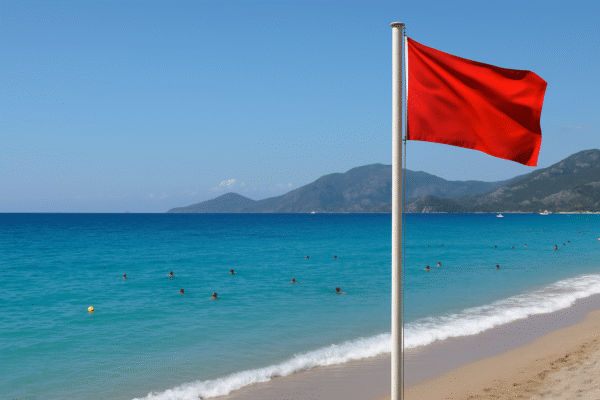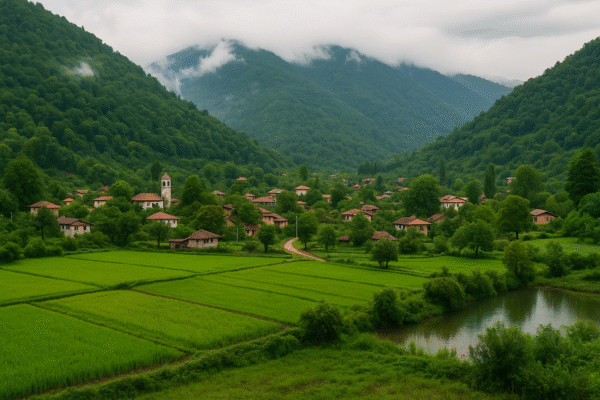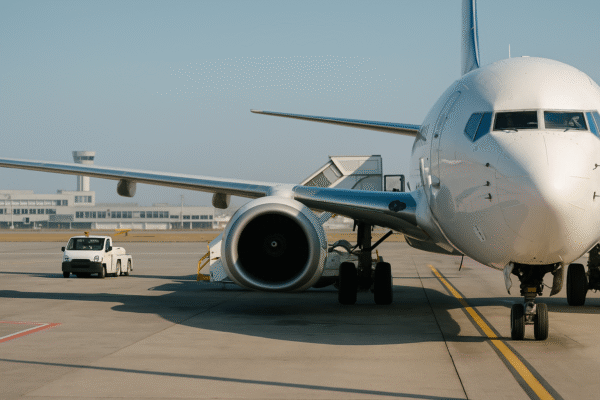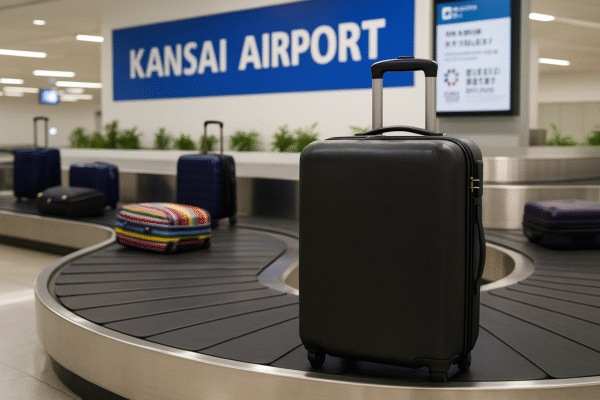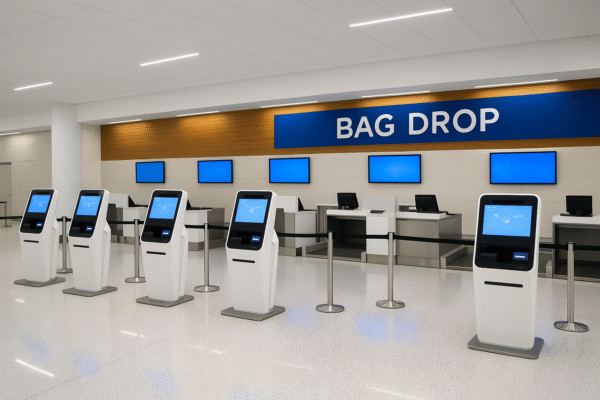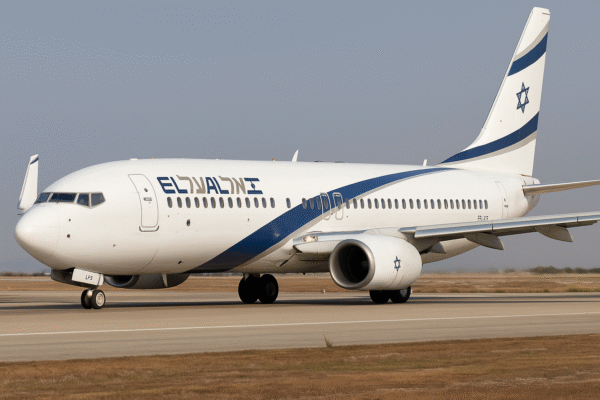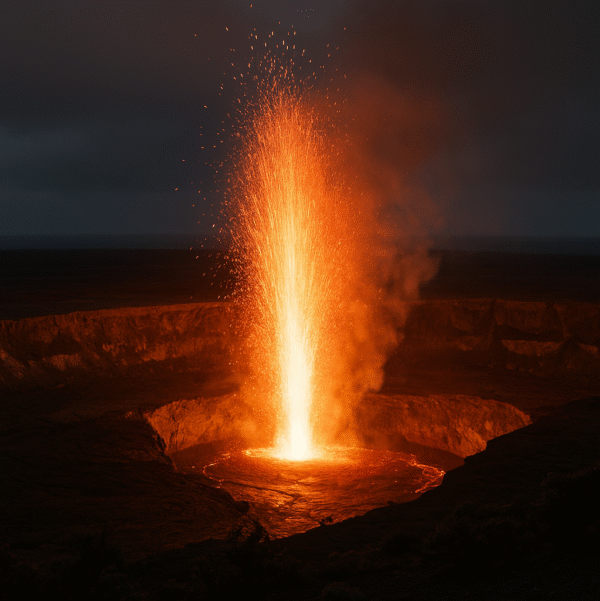Hawaii’s legendary Kīlauea volcano is once again captivating visitors with breathtaking lava fountains reaching heights of nearly 100 feet into the air—a vivid reminder of nature’s awe-inspiring power. This marks the 31st eruption since it resumed activity in December 2024, underscoring why Kīlauea remains one of the most consistently active volcanoes in the world.
The eruption is confined to the Halemaʻumaʻu summit crater, located within the expansive Hawaii Volcanoes National Park on Hawaii Island. While no threats have been reported to nearby homes or communities, the dramatic display continues to draw thrill-seeking travelers and locals alike.
According to authorities monitoring the event, magma is being fed upward at a persistent pace, and each episode of fountaining typically lasts around 10 to 12 hours. The volcano observatory has maintained a Watch Alert level, with the aviation code at Orange, emphasizing airborne caution while reaffirming that activity remains centered within the park grounds.
Authorities advise visitors to stay alert and be prepared—the volcanic spectacle is spectacular but fleeting, and real-time updates are essential for planning a visit.
Planning Your Visit: Safety Meets Wonder
For adventurous travelers eager to witness this natural marvel, here are thoughtful recommendations to stay safe while making the most of the experience:
- Stick to Designated Trails & Viewing Areas
Head straight to established overlooks like the Uēkahuna parking area or Kīlauea Overlook—these spots offer great vantage points. Clearly marked paths ensure safety from unstable ground and sudden fissures that may form near the crater rim. - Use Alerts & Livestreams Smartly
Sign up for alerts from the volcano observatory to receive eruption notices. Many eruptions are short, so staying informed helps you time your visit wisely. Even if you miss an in-person show, high-quality livestreams provide front-row access from anywhere. - Prepare for Night Visits
Lava fountains are even more mesmerizing after dark—but visibility drops and volcanic gases may concentrate. Bring a reliable flashlight, layered clothing, and be mentally ready for low-light conditions. - Watch for Volcanic Gases
Gases such as sulfur dioxide may pose respiratory risks, especially for those with breathing sensitivities. Keep track of advisories and avoid downwind areas if air quality worsens.
Spiritual and Cultural Echoes at Halemaʻumaʻu
Beyond its geological drama, Kīlauea holds deep spiritual resonance in Hawaiian tradition. Halemaʻumaʻu Crater is revered as the earthly home of Pele, the revered volcano goddess. Cultural practitioners regularly bring chants, offerings, and stories to the edge of the crater—bridging ancient Hawaiian traditions with today’s awe-inspiring spectacle.
In this context, each eruption is framed not just as a scientific phenomenon, but as a living narrative—Pele’s voice made visible. For many visitors, witnessing these fiery fountains thus becomes both an educational and a deeply moving, symbolic experience of renewal and creation.
What Else to Explore at Hawaii Volcanoes National Park
While the lava show takes center stage, the park offers a rich variety of natural wonders and accessible adventures:
- Hike the Kīlauea Iki Trail, descending into a crater floor dotted with fragile steam vents and stark volcanic terrain.
- Explore lava tubes, such as Thurston Lava Tube, where you can walk inside an underground passage once carved by flowing lava.
- Discover the lush rainforest, teeming with native flora like hāpuʻu ferns and ʻōhiʻa lehua trees—each grounded in the park’s centuries-old ecosystem.
- Visit the Park Visitor Center, where interactive exhibits and ranger talks provide historical context and geological insight—ideal for families and curious travelers alike.
Many cultural interpretation programs also spotlight Hawaiian storytelling and the mythological legacy of Pele—enhancing the visitor’s connection to the land.
Why Now Is the Time to Visit
Kīlauea’s current eruption cycle is a rare combination of intensity and accessibility, offering a front-row natural spectacle with well-managed visitor infrastructure. The dual charm of volcanic drama and cultural depth makes it especially compelling for 2025 travelers.
Whether you’re a seasoned nature photographer, an adventurous family, or a cultural seeker, this eruption offers an unforgettable window into both Earth’s inner workings and Hawaii’s living heritage. Sign up for alerts, plan ahead, and picture yourself under the starry Hawaiian skies—watching molten fountains dance against the night.
The lava flows may cool, but the memory will burn bright.
For more travel news like this, keep reading Global Travel Wire



